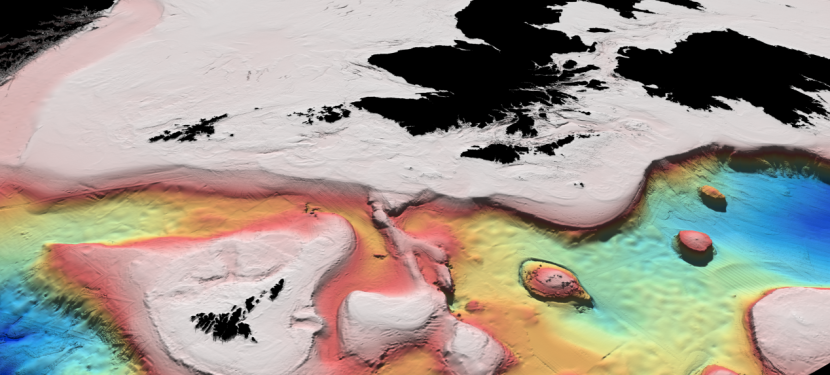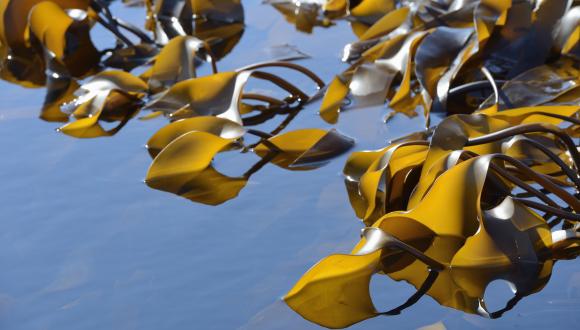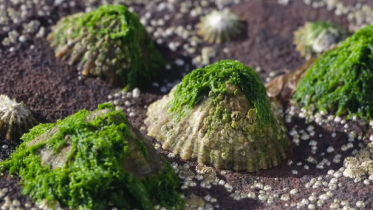Continental slope
Introduction
Sloping down from the inner shallow seas to the deep ocean, the continental slope is a geological feature marking the divide between two ocean zones. In some areas the continental slope is narrow and very steep, whilst in others it is wide and has a gentle gradient.
Special Features
A wide range of sediments are found on the continental slope which provide habitat for a variety of seabed species. The shape of the slope also causes water currents to mix and interact, a process which encourages the growth of plankton as nutrients are brought upward. These productive regions attract many fish species, which in turn concentrate larger cetacean species such as sperm whale, minke whale and fin whale. This band of high biodiversity above the shelf area is also used as a migration corridor by many other whale and dolphin species, as they move between warmer waters in the south and colder waters in the north.

©Crown copyright BGS.
Threats
Due to the continental shelf’s high biodiversity and unique geological features, potentially damaging activities such as fishing and oil and gas extraction are often concentrated on the continental shelf.
Protection
Marine Protected Areas can conserve the supportive and connective role that the continental shelf plays in certain areas of Scotland’s seas.






